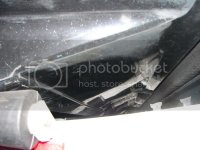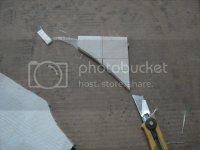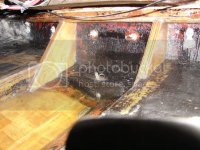bdusted440
Active member
The more i look at you're boat I think a starliner is in my future.


Welcome to the Checkmate Community Forums forums.
You are currently viewing our boards as a guest which gives you limited
access to view most discussions, articles and access to our other FREE features.
By joining our free community you will be able to:
Registration is fast, simple and absolutely free so please, join our community today!
If you have any problems with the registration process or your account login, please contact support by clicking here or by using the"contact us" link at the bottom of the page.







The balsa in the pad section is a seperate since it sits a little lower and the hull balsa comes over top. However I repaired the whole thing in one go. Remember balsa core is already a bunch of little pieces held together by mesh...so it doesn't really matter how you lay it in. You could easily glass the whole repair at the same time which is far superior for strength and integrity.
Nope, I have no gelcoat left. I did last go around and by the time you get the gas tank, battery, oil tanks and seat box in you can't see it. Not going to worry about it this time.
 I know alot of work went into that baby
I know alot of work went into that baby